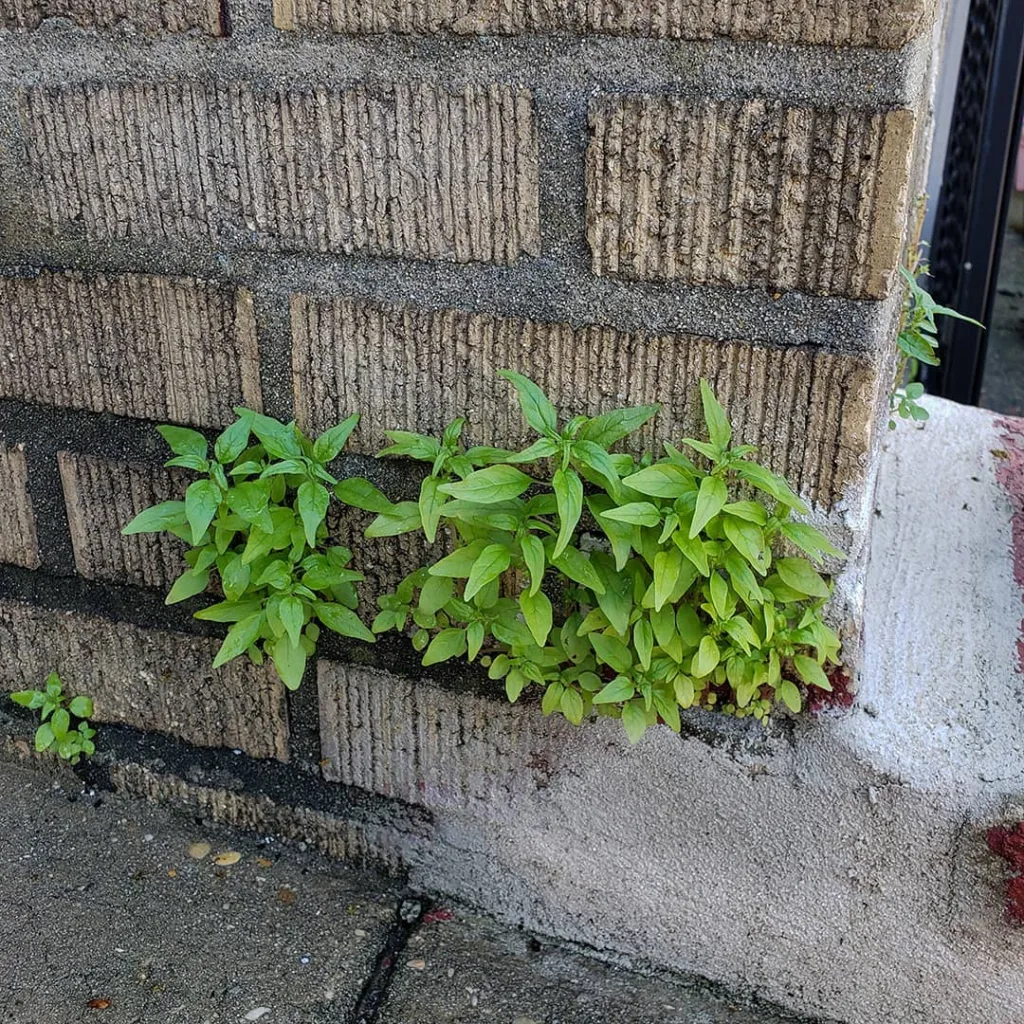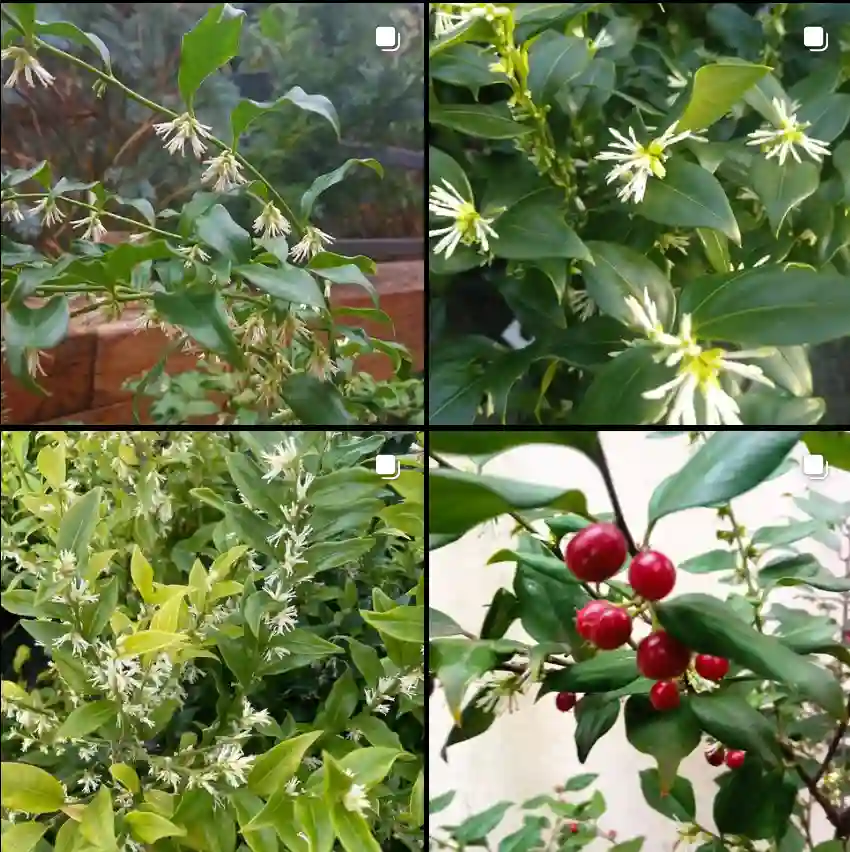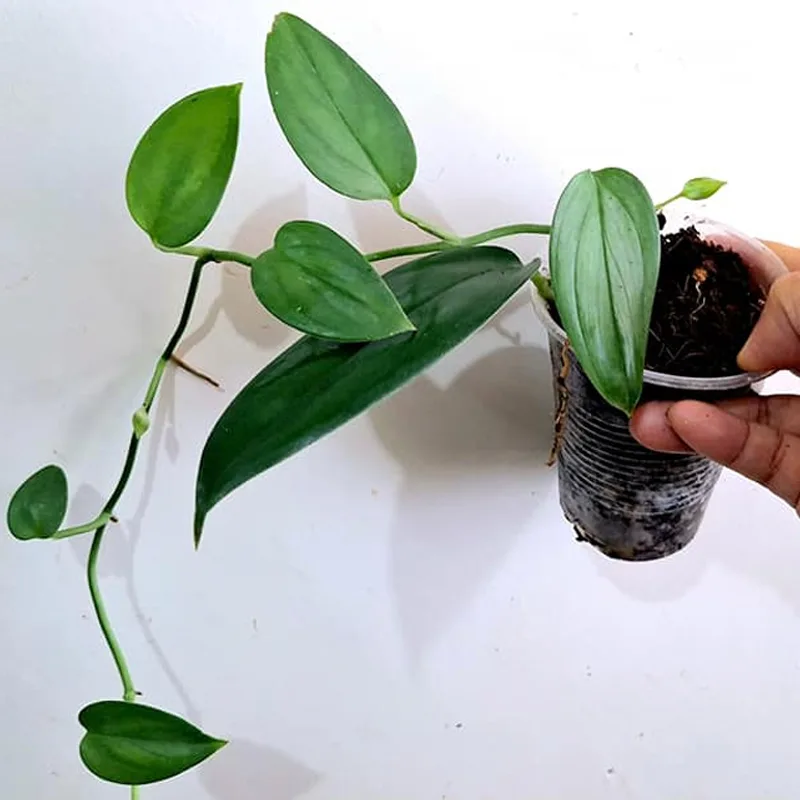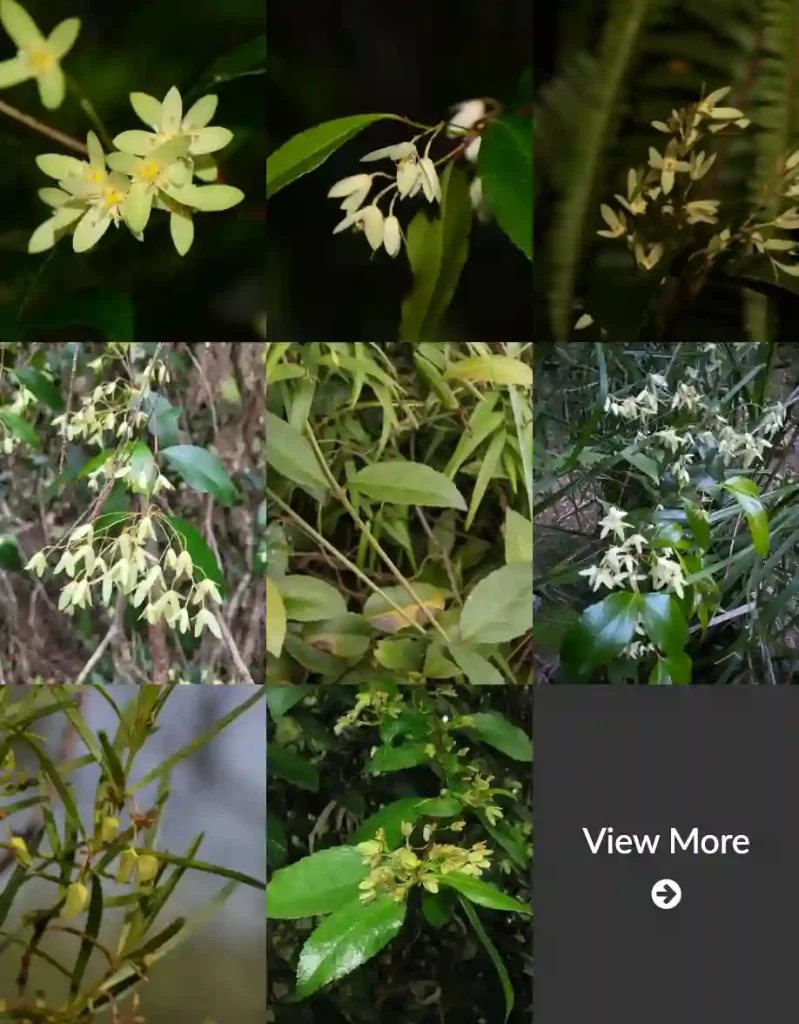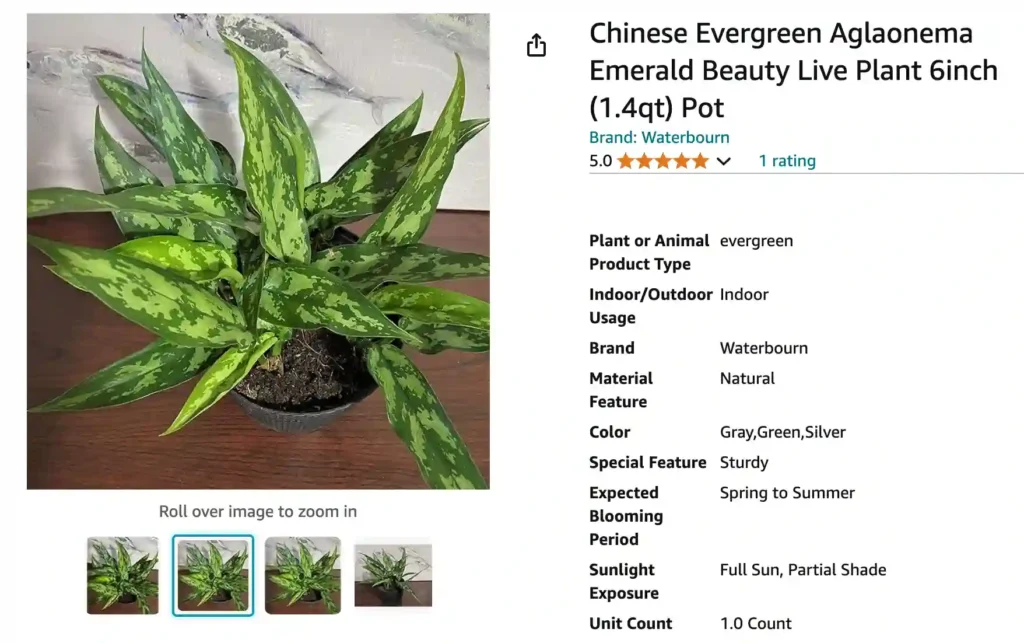
Aglaonema Emerald Beauty: Your Guide to This Easygoing Indoor Plant
Hey there, plant enthusiasts! Ferb Vu here, and today we’re diving into the world of the Aglaonema Emerald Beauty. This stunning houseplant is known for its lush green foliage and ease of care, making it a perfect choice for beginners and seasoned plant parents alike.
26 Species in Genus Aglaonema
What is the Aglaonema Emerald Beauty?
The Aglaonema Emerald Beauty, also known as the Maria Emerald, is a cultivar (cultivated variety) of the Aglaonema commutatum species. It belongs to the Araceae family, which also includes popular houseplants like philodendrons and peace lilies.
Why Choose the Aglaonema Emerald Beauty?
Here are some reasons why the Aglaonema Emerald Beauty might be your perfect match:
- Low-Maintenance: This plant thrives on neglect. It can tolerate low light conditions and infrequent watering, making it ideal for busy lifestyles.
- Air-Purifying: The Aglaonema Emerald Beauty helps remove common household toxins like benzene and formaldehyde from the air, contributing to a healthier indoor environment.
- Compact Size: This cultivar typically stays on the smaller side, making it suitable for apartments, offices, or anywhere with limited space.
- Beautiful Foliage: The Emerald Beauty boasts glossy, dark green leaves with subtle lighter veins, adding a touch of elegance to any room.
How to Care for Your Aglaonema Emerald Beauty?
Light: This plant is a champion of adaptability. It can tolerate low light conditions but will grow more vigorously in medium indirect light. Avoid direct sunlight, which can scorch the leaves.
Water: Water your Aglaonema Emerald Beauty only when the top inch of soil feels dry to the touch. Overwatering is a leading cause of problems, so err on the side of underwatering.
Soil: Use a well-draining potting mix specifically designed for indoor plants. A mixture with perlite or orchid bark helps ensure proper drainage and prevent root rot.
Fertilizer: You don’t need to fertilize your Aglaonema Emerald Beauty very often. A light feeding once a month during the spring and summer growing season with a balanced liquid fertilizer diluted to half strength is sufficient.
Temperature and Humidity: This plant thrives in average room temperatures between 60-86°F (15-30°C). It also appreciates moderate humidity levels. If the air is dry, consider using a pebble tray or humidifier to increase moisture around the plant.
How big does the Aglaonema Emerald Beauty get?
This cultivar is known for its compact size. With proper care, it can mature to a height of 1-2 feet (30-60 cm) and a spread of 1-1.5 feet (30-45 cm).
Is the Aglaonema Emerald Beauty toxic?
Unfortunately, yes. Like many Araceae plants, the Aglaonema Emerald Beauty contains calcium oxalate crystals, which can cause irritation to the mouth, throat, and stomach if ingested. Keep this plant out of reach of children and pets.
Can I propagate the Aglaonema Emerald Beauty?
Absolutely! This plant can be easily propagated by stem cuttings or division. Research the specific methods for successful propagation.
Aglaonema Emerald Beauty vs. Chinese Evergreen
The Aglaonema Emerald Beauty is a cultivar of the Aglaonema commutatum species, which is commonly known as the Chinese Evergreen. There are many other Aglaonema cultivars available, each with unique leaf patterns and colors. So, while the Emerald Beauty falls under the umbrella term “Chinese Evergreen,” it has its own distinct characteristics.
Aglaonema Emerald Beauty vs. Snake Plant
Both the Aglaonema Emerald Beauty and the Snake Plant (Sansevieria) are popular low-maintenance houseplants. However, they have some key differences. The Snake Plant boasts upright, sword-like leaves, while the Aglaonema Emerald Beauty features broad, oval-shaped leaves. The Snake Plant tolerates even lower light conditions than the Emerald Beauty.
In Conclusion
The Aglaonema Emerald Beauty is a fantastic choice for anyone seeking a low-fuss, attractive houseplant. With its beautiful foliage and easygoing nature, it’s sure to add a touch of life to your indoor space. So, why not give this lovely plant a try?
If i die, water my plants!
